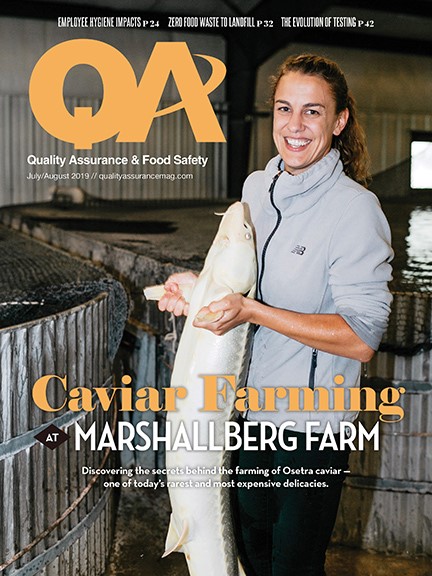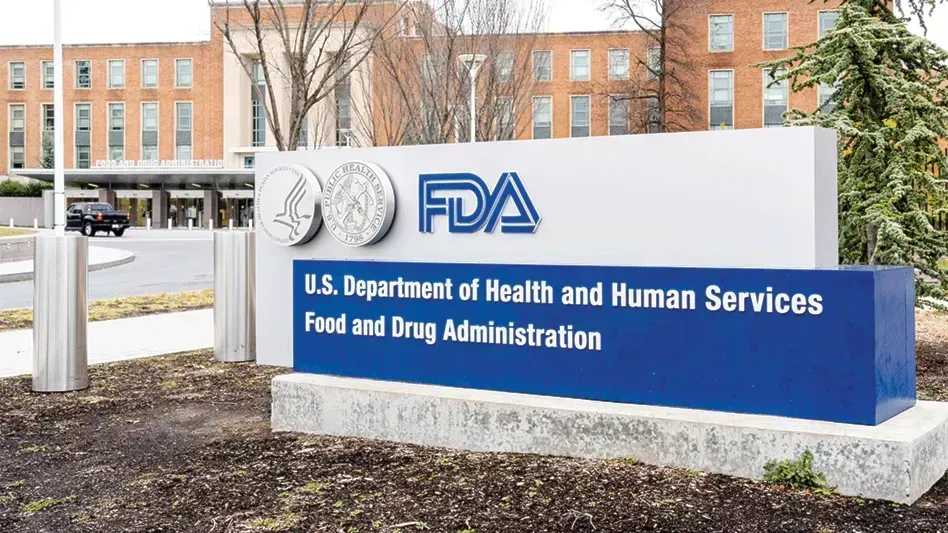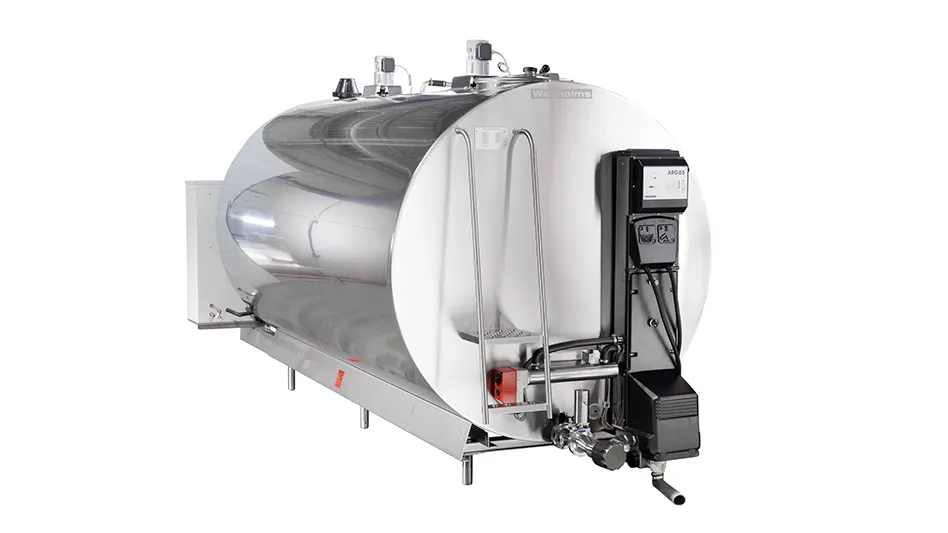
By Lisa Lupo
Food facility workers have been cited as a leading source of cross-contamination by federal regulatory agencies and safety associations representing nearly every segment of the food industry. This is because, said Meritech COO Paul Barnhill, staff proceeding through the facility to complete their duties come in contact with surfaces, equipment, product, clothing, and their own bodies — sometimes moving from clean to dirty zones without a hygiene intervention step.
THE HYGIENE "WHAT.” “When there is a lack of personal hygiene, such as handwashing, it increases the risk of cross-contamination from hands,” said Best Sanitizers National Account Manager April Zeman-Lowe. If hands are not properly cleaned and sanitized, employees can spread pathogens to equipment, utensils, and tools which can then contaminate foods, putting consumers at risk of food poisoning. Thus, proper hand hygiene can help prevent contamination in the food plant.
“Just imagine,” Zeman-Lowe said, “You have hundreds of production workers, and each one has the potential to contaminate your product, directly or indirectly. This is why personal hygiene should be considered as important as any other sanitation program in the facility.”
Having a diverse, multi-lingual staff also can make regular hygiene training and SSOP compliance difficult to manage, Barnhill said, adding that facility design, layout, and operational flow are significant factors that should be considered when creating an effective employee hygiene program.
Additionally, even employees who show no sign of illness can spread disease. This is because people can be infected with a bacteria or virus and have mild or no symptoms, said Stop Foodborne Illness (Stop) CEO Mitzi Baum. “Some diseases will actually have a typical stage where the infected person doesn’t have symptoms yet but is actively shedding viral particles that can easily spread.” Thus, she explained, “It’s important for all people working with food to practice proper hygiene, especially at work, to protect themselves and others.”
Footwear and equipment sanitation can be just as critical. For example, Barnhill said, a maintenance technician working on equipment who has not properly sanitized their footwear prior to entering the facility and/or does not properly clean the equipment after completing the maintenance can cause contamination and a possible foodborne outbreak.
It also is possible for non-infected workers to pick up pathogens by touching a contaminated surface (e.g., tools, restroom door handle, etc.), then transmit that pathogen to a product, another surface, or another person — all without being infected from that pathogen. Thus, Zeman-Lowe said, “One incident could lead to an outbreak because pathogens grow, spread, and multiply with time.” Depending on the environment, pathogens can spread very quickly, contaminating the final product before the facility’s next scheduled cleaning and sanitation.
This risk is greatest when producing ready-to-eat (RTE) products because they do not require any further heat treatment or cooking, Barnhill said. So, pathogens that may exist within the food product will be directly consumed.
“Outbreaks are typically the outcome of a chain reaction of events. However, an action taken by one person could be the beginning of the chain that leads to an outbreak,” Baum said. It can be incredibly difficult to trace an outbreak to the source, be it a processing facility or farm, and then nearly impossible to determine who took the one action that “started it all.”
The real issues that lead to outbreaks are much more complicated, like flawed processes. Food processing plants have specific goals they must meet to supply their customers; and to meet those goals, managers under pressure may choose to overlook poor personal hygiene of employees, she said. Personal hygiene also is a difficult conversation to broach, but it is the most fundamental part of a food safety program. Thus, she said, managers must lead by example and have a zero-tolerance policy for personal hygiene. Employees have their part to play in following processes, and doing their job the best they can without cutting corners and sacrificing safety.
While “everybody knows they’re supposed to wash their hands,” Baum said, in reality, many people don’t. “The problem with a habit of poor hand hygiene is people take that to work, to their family, and out into their community,” she said. “It’s no longer just about them. Their actions directly impact others around them.”
THE HYGIENE "WHY.” It is the individuals who face a foodborne illness who feel the greatest adverse impact, Baum said. And it is often a matter of life and death.
During a time of illness and hospitalization, the inability to care for children or elder adults also can put emotional and relational strains on a family; foodborne illness can destroy one’s financial safety net; and drawn-out physical complications and lifetime consequences of surviving a foodborne illness can severely damage one’s independence, mental health, and identity. On the industry side, she added, the company from which the illness originated may suffer financial consequences, loss of reputation, and trust.
STOP FOODBORNE ILLNESS. Historically, Stop has worked to move food safety forward by working to influence law makers on legislation such as FSMA, by sharing its constituents’ stories. “Stop’s unique voice, comprised of those that have been impacted by foodborne illness, targets legislation that provides common-sense policy to increase the safety of the food supply in the United States to reduce illness and death due to foodborne illness,” Baum said. “It is not an accident that the United States has the safest food supply in the world, and it takes constant vigilance to ensure that it remains as such.”
These stories of really people (such as that of Laura Coots, above) whose lives have been impacted also are being featured on Stop’s website and in its outreach. Such stories can be very impactful to those who are responsible for keeping food safe from farm to fork: Food facility employees who hear these stories will verbally commit to better personal hygiene on the job; food facility managers hear them and say they need to examine their policies and practices and retrain employees; and consumers hear the story and think they need to be more mindful of where they eat out, and how they prepare food at home, Baum said.
“The act of listening to a human being talk about a true near-death experience is extremely impactful. For an individual to share how a foodborne illness altered her or his life physically, emotionally and financially tells the ‘Why’ of food safety,” Baum said. Why do we collect food safety data? Why do we have food safety educational conferences and provide ongoing training to staff?
“The answer to the ‘Why’ question is provided in personal stories and the answer is to reduce the incidence of foodborne illness — something that is easily avoidable. Everyone has to eat, and foodborne illness does not discriminate,” Baum said. It can happen to you, your spouse, your child, your parent.
Numbers, percentages, and data are all important, but stories of near death and death due to eating a salad or hamburger or peanut butter are very powerful. Thus, Stop’s new initiative is engaging the food manufacturing, retail, restaurant, and online food sales communities to create a unique training program to communicate the ‘Why’ of food safety.
Four of the founding members of the Alliance to Stop Foodborne Illness are piloting the concept this fall to include Stop’s message to educate staff — from C suite to frontline workers — on the ‘Why’ of food safety. “Measuring food safety must change and with these pilots, we are focused on identifying key performance indicators to measure how and if the training creates behavioral change,” Baum said.
As Barnhill said, “It all boils down to human behavior. Is your staff constantly aware of the risks of non-compliance with food safety procedures? Or are they just going through the motions?”
The author is Editor of QA magazine. She can be reached at llupo@gie.net.

Explore the July August 2019 Issue
Check out more from this issue and find you next story to read.
Latest from Quality Assurance & Food Safety
- FDA Publishes Landmark Final Rule to Enhance the Safety of Agricultural Water
- The Wendy's Company Reports 2023 Corporate Responsibility Progress
- Local Bounti Opens New Controlled Environment Agriculture Facility
- Tröegs Partners with Patagonia Provisions to Introduce Kernza Lager
- Neogen Launches New Molecular Method for Detection of Two Salmonella Serotypes
- Standard Meat Company Appoints Keith Blanks as Chief Commercial Officer
- USDA Finalizes Policy to Protect Consumers from Salmonella in Raw Breaded Stuffed Chicken Products
- Comedian Vanessa Bayer Explores the World of Dairy Farming in ‘Dairy Diaries’




